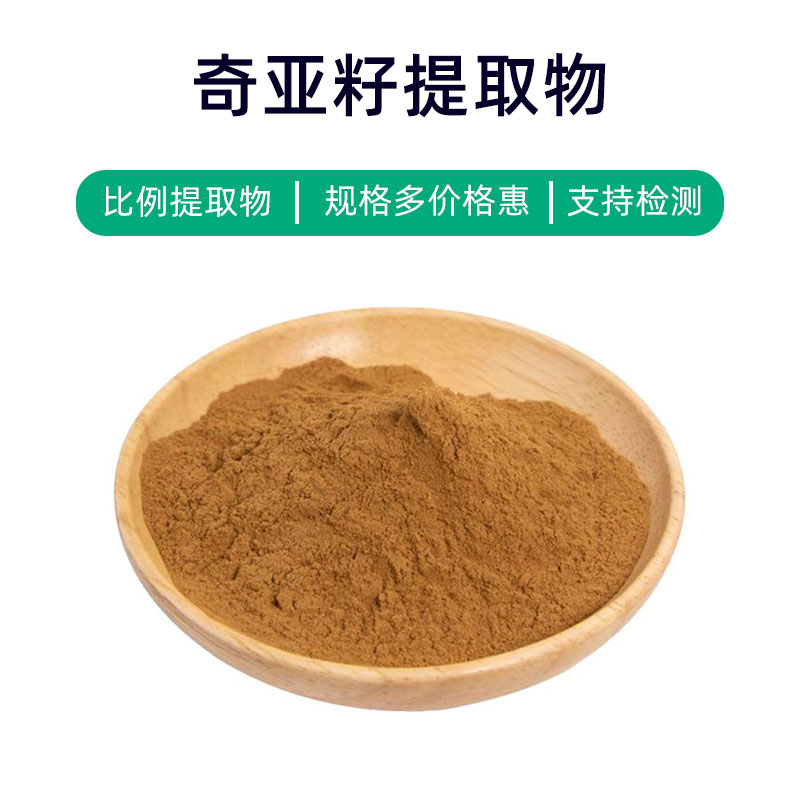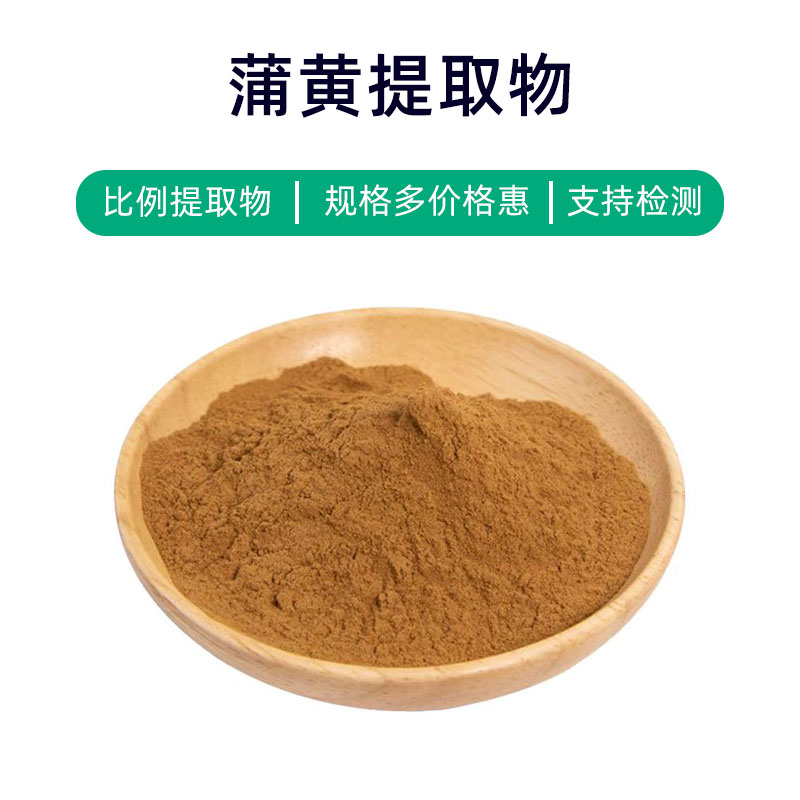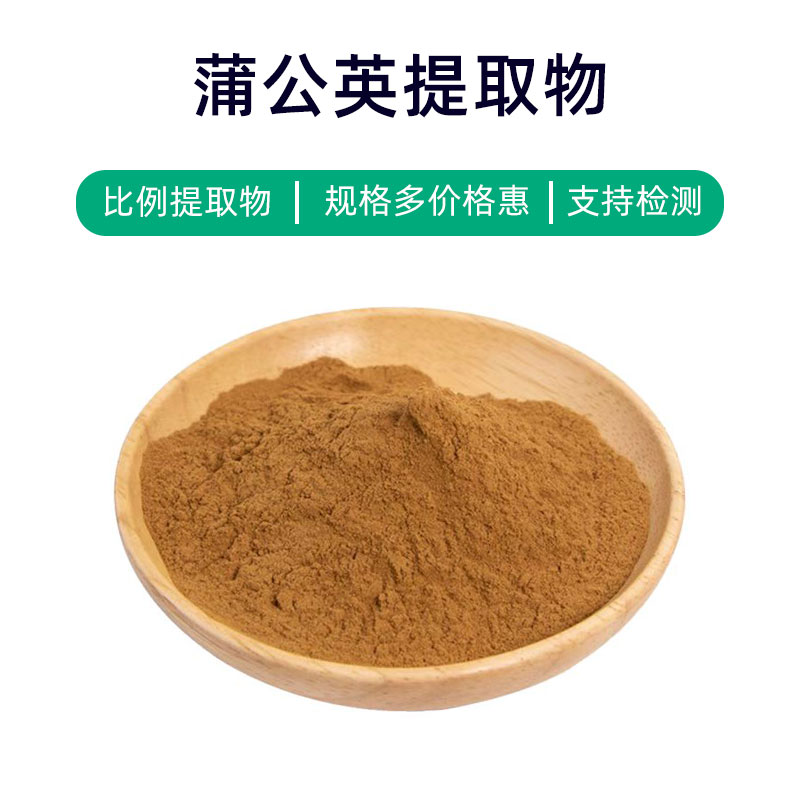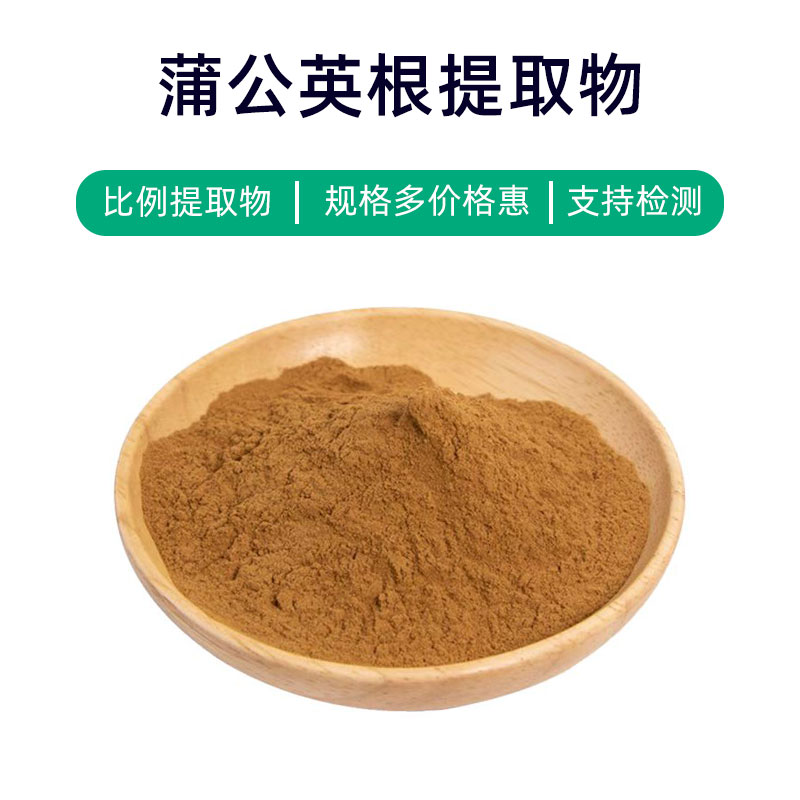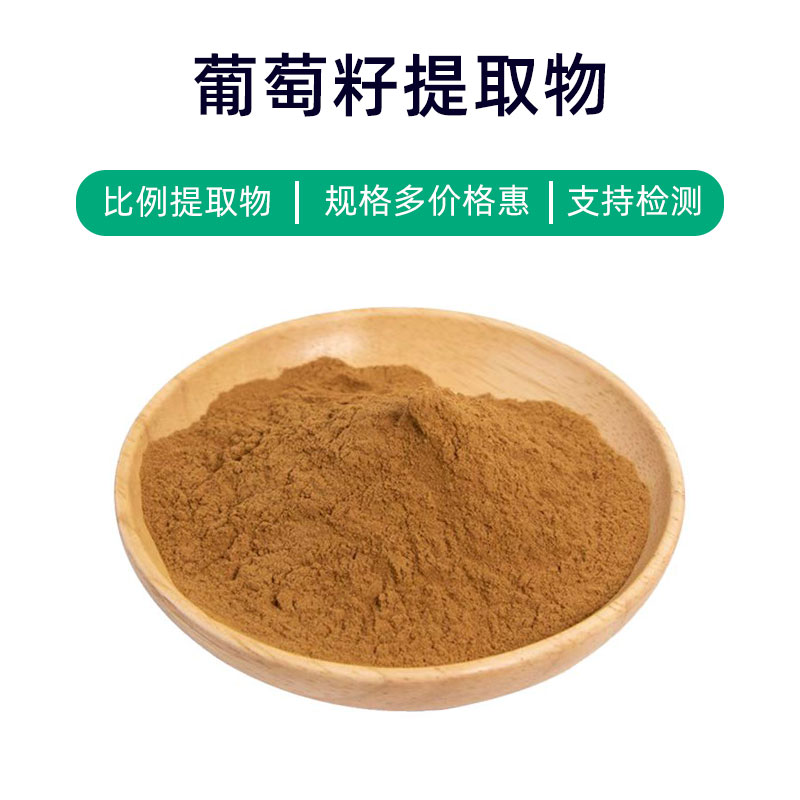Product Introduction for Light Fermented Soybean Extract
Light Fermented Soybean Extract is a natural plant extract obtained from fermented soybeans, mainly consisting of active components such as soybean isoflavones, proteins, amino acids, and polysaccharides. These components exhibit various benefits, including antioxidant, anti-inflammatory properties, blood lipid regulation, cardiovascular health protection, and digestion promotion. The extract is widely applied in dietary supplements, pharmaceuticals, food, and cosmetics. In dietary supplements, it's often used to improve cardiovascular health, boost immunity, and slow aging; in pharmaceuticals, it can assist in treating cardiovascular diseases, regulating blood lipids, and improving digestive issues; in food, it serves as a functional ingredient, adding nutritional value and enhancing flavor; in cosmetics, it’s commonly used for its antioxidant, anti-aging, and moisturizing effects. Due to its natural origin and multifunctionality, Light Fermented Soybean Extract garners considerable attention and application across various fields.
Production Process of Light Fermented Soybean Extract
The production process for Light Fermented Soybean Extract typically involves the following steps:
- Raw Material Preparation: Select high-quality soybeans as raw materials. Pre-treatment steps such as screening, washing, and soaking are performed to remove impurities and bad beans.
- Fermentation: The cleaned soybeans undergo fermentation. During fermentation, different types of microorganisms (such as Aspergillus oryzae, lactic acid bacteria) are employed to metabolize and convert the beans, producing rich active components.
- Fermentation Control: Control parameters such as temperature, humidity, and time during fermentation to ensure optimal growth and metabolism of microorganisms, thus maintaining product quality and active component content.
- Extraction: The fermented soybeans are extracted, typically using water extraction or organic solvent extraction methods to obtain the extraction liquid containing the target components.
- Concentration: The extraction liquid is concentrated to remove moisture, resulting in concentrated Light Fermented Soybean Extract.
- Filtration and Purification: The concentrated extract undergoes filtration and purification to remove residues, impurities, and organic solvents, enhancing the purity and quality of the extract.
- Drying: The purified Light Fermented Soybean Extract is dried, often using spray drying or vacuum drying methods to convert the extract into a powdered or granular form.
- Packaging: The dried extract is packaged using moisture-proof, light-proof, and airtight materials to ensure product stability and shelf life.
- Quality Inspection: The finished product undergoes quality inspection, including active component content, microbial testing, heavy metals, and pesticide residues to ensure compliance with relevant standards and regulations.
- Storage: The packaged Light Fermented Soybean Extract is stored in a dry, cool, and ventilated environment, avoiding direct sunlight and high temperatures to prolong shelf life and maintain the stability of active components.
Effects and Side Effects of Light Fermented Soybean Extract
As a natural plant extract, Light Fermented Soybean Extract has several established benefits, primarily including:
- Antioxidant Properties: It contains abundant polyphenolic compounds with strong antioxidant capabilities, which can eliminate free radicals in the body, slowing cellular oxidative damage and helping prevent aging and various chronic diseases.
- Blood Lipid Regulation: Some active compounds in Light Fermented Soybean Extract can help lower cholesterol and triglyceride levels in the blood, aiding in the prevention and improvement of hyperlipidemia and protecting cardiovascular health.
- Anti-inflammatory Effects: Research indicates that certain components in the extract possess anti-inflammatory properties, inhibiting inflammation responses and alleviating pain and discomfort associated with inflammatory diseases such as rheumatoid arthritis.
- Blood Sugar Regulation: Some studies suggest that the active compounds can lower blood sugar levels and enhance insulin sensitivity, assisting in the prevention and control of metabolic diseases such as diabetes.
- Antibacterial Properties: Some components in the extract exhibit antibacterial and antimicrobial effects, inhibiting the growth of bacteria, fungi, and viruses, aiding in the prevention and treatment of infectious diseases.
- Immune Modulation: The active components can modulate the functions of the immune system, enhancing the body's immunity and resistance, which helps in preventing respiratory infections like colds and flu.
Despite its various benefits, caution should be exercised with Light Fermented Soybean Extract:
- Dosage Control: Use in accordance with product instructions or medical advice to avoid adverse reactions from excessive intake.
- Allergen Awareness: Some individuals may be allergic to certain components in the extract. A skin sensitivity test is recommended before use, and should any allergic reaction occur, usage should be discontinued immediately.
- Avoid Drug Interactions: It may interact with certain medications; follow medical advice to prevent adverse reactions.
In summary, Light Fermented Soybean Extract, as a natural plant extract, has a broad application potential in medicine and dietary supplements. However, careful selection and proper use are necessary to ensure safety and efficacy.
Application Scenarios and Dosage of Light Fermented Soybean Extract
As a natural plant extract, Light Fermented Soybean Extract is widely used in pharmaceuticals, food, and cosmetics. The following highlights its applications and corresponding dosages in these fields:
Applications in the Pharmaceutical Field:
- Cardiovascular Health: The active components help regulate blood lipids, lower blood pressure, and dilate blood vessels, often used as an adjunct in cardiovascular disease treatment. The typical dosage is 30-60 mg taken orally, two to three times a day.
- Anti-inflammation and Pain Relief: It has certain relief effects on inflammatory diseases like rheumatoid arthritis and osteoarthritis. It can be taken orally or applied externally, with the dosage depending on the condition, usually around 30-60 mg taken orally or a suitable amount for topical application.
- Immune Modulation: Active components help enhance immune function, useful for boosting resistance and preventing infections. The standard dosage is generally 30-60 mg taken orally, twice daily.
Applications in the Food Field:
- Functional Foods: It can serve as a functional food additive for regulating blood lipids and boosting immunity. Common dosage is 0.1-0.5 grams of Light Fermented Soybean Extract per 100 grams of food.
- Dietary Supplements: Often included in dietary supplements for its effects on blood lipid regulation and immunity enhancement. Recommended dosage is 30-60 mg taken orally, twice daily.
Applications in the Cosmetic Field:
- Skin Care Products: Its antioxidant and anti-inflammatory properties make it beneficial for skin care products, helping to improve skin condition. Typical usage is 0.1-0.5 grams of Light Fermented Soybean Extract per 100 grams of skin care product.
- Hair Care Products: It helps condition the scalp, making it useful in shampoos and hair care products for maintaining healthy hair. Generally, the dosage is around 0.1-0.5 grams of Light Fermented Soybean Extract per 100 grams of hair care product.
Precautions:
- When using Light Fermented Soybean Extract, determine dosages based on specific situations and adhere to product instructions or medical advice.
- For those with allergies, it’s advisable to perform a skin test first; discontinue use if discomfort occurs.
- In medical contexts, correct medication usage should follow the doctor's prescription to avoid self-adjusting dosages.
Source Plant Introduction, Distribution, and Growth Environment of Light Fermented Soybean Extract
Light Fermented Soybean Extract is derived from a plant known as Light Fermented Soybean, scientifically named Glycine soja. Below is an introduction to the plant's characteristics, distribution, and growth environment.
Plant Characteristics of Light Fermented Soybean:
Light Fermented Soybean is a perennial herbaceous plant belonging to the legume family, closely related to soybeans. Its characteristics include:
- The stem is upright with branches, standing about 30-150 cm tall.
- The leaves are pinnately compound, consisting of 3-7 leaflets, oval-shaped, with fine serrations, typically deep green in color.
- Flowers are butterfly-shaped, ranging in color from purple to white, usually blooming in racemes at leaf axils or the top of the stem.
- The fruit is a pod containing 2-4 seeds, which are oval-shaped, typically yellow.
Distribution:
Light Fermented Soybean is native to East Asia, primarily found in countries and regions such as China, Japan, and Korea. In China, it is mainly distributed in regions south of the Yangtze River, including East China, South China, and Central China. It thrives in warm and humid environments, commonly found by riverbanks, lakesides, fields, and hills.
Growth Environment:
Light Fermented Soybean prefers sunny, well-drained soils and is not particularly demanding regarding soil type, displaying strong adaptability. It requires ample moisture during the growing season, often flourishing in humid conditions near riverbanks, lakes, or fields. Additionally, it exhibits good climate adaptability, tolerating mild cold and drought, but struggles with harsh cold and dry conditions.
Overall, Light Fermented Soybean is a highly adaptable plant that thrives in a wide range of environments and can flourish under suitable climatic and soil conditions, providing abundant seeds for extracting beneficial components for use.
Processing and Storage of Light Fermented Soybean Extract
The processing of Light Fermented Soybean Extract typically involves the following steps: First, the soybeans are collected and cleaned; then they are ground into a powder. After that, an appropriate solvent is used for extraction. The extract is filtered, concentrated, and dried through various processes, resulting in Light Fermented Soybean Extract. For storage, the extract should be kept in a cool, dry, and dark environment, avoiding direct sunlight and high temperatures. It is recommended to use sealed containers to prevent moisture and oxygen ingress, extending its shelf life.
Monica Sun is a seasoned expert in the plant extraction industry with over a decade of experience in research and production. She specializes in the extraction and purification of plant active ingredients, focusing on driving innovation in natural product applications. Monica has participated in the development of multiple functional plant extracts, delivering high-value natural raw material solutions for the health food, pharmaceutical, and dietary supplement sectors.









